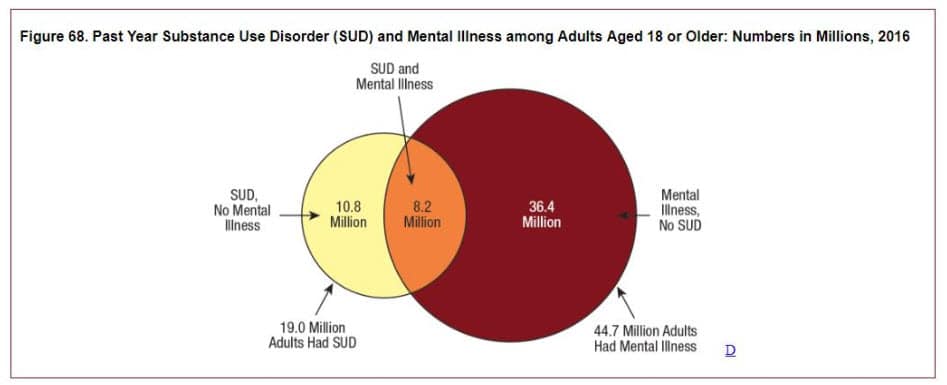 From the National Institute on Drug Abuse, here’s the latest on some of the ways drugs can change your physical appearance and your body—for the worse:
From the National Institute on Drug Abuse, here’s the latest on some of the ways drugs can change your physical appearance and your body—for the worse:
YOUR SKIN
Steroids cause acne breakouts on your face and body. Meth causes acne, dull skin, and self-inflicted wounds from picking at your face and body because you think that bugs are crawling under your skin, leaving sores and scars. And don’t forget those needle marks and collapsed veins if you shoot up any drugs!
YOUR HAIR
Steroids can cause baldness in men and facial hair and baldness in women.
YOUR CHEST
Steroids can cause development of breasts in males.
YOUR NOSE
Snorting cocaine can lead to nosebleeds and a decreased sense of smell. Eventually it can entirely destroy the cartilage in your nose.
PHYSIQUE
Meth causes a decrease in appetite, causing you to look thin and skeletal. Steroids can cause you to stop growing – you may never reach your full adult height.
LUNGS
Smoking marijuana can cause breathing diseases, including a chronic cough, bronchitis, and emphysema, and lung inflammation and lung infection.
KIDNEYS
Ecstasy and meth raise your body temperature, causing dehydration, which restricts blood flow to the kidneys and may result in kidney failure.
MOUTH
Meth causes dry mouth, teeth clenching, and poor dental hygiene, resulting in meth mouth – rotten teeth, gum disease, and bad breath.
HEART
Stimulants, like cocaine and meth, cause irregular heartbeats, heart attack, stroke, blood clots, heart damage, or sudden death. Inhalants can cause a rapid or irregular heartbeat, leading to heart failure and death. Fatal cardiac slowdown can be caused by sedatives, prescription pain medication, or opioids. Mix alcohol with any of these drugs and you increase your risk of coma and death!
HELP IS AVAILABLE
If you or a loved one are struggling with drug addiction, call The Council on Recovery at 713.942.4100 or contact us here. We can help!

 The movie, The King’s Speech, with Colin Firth and Geoffrey Rush, is about King George VI who, despite a terrible speech impediment, must conquer his affliction and rise up to lead England in its critical opposition to Germany in the years up to the beginning of WWII. It is a stirring portrayal of the courage of a leader and his people in one of the ugliest times in human history. This period has always held a fascination for me, having been born in its early years, because it required so much courage of everyone, so much energy in the face of enormous terrors for everyone, leaders and citizens alike.
The movie, The King’s Speech, with Colin Firth and Geoffrey Rush, is about King George VI who, despite a terrible speech impediment, must conquer his affliction and rise up to lead England in its critical opposition to Germany in the years up to the beginning of WWII. It is a stirring portrayal of the courage of a leader and his people in one of the ugliest times in human history. This period has always held a fascination for me, having been born in its early years, because it required so much courage of everyone, so much energy in the face of enormous terrors for everyone, leaders and citizens alike.